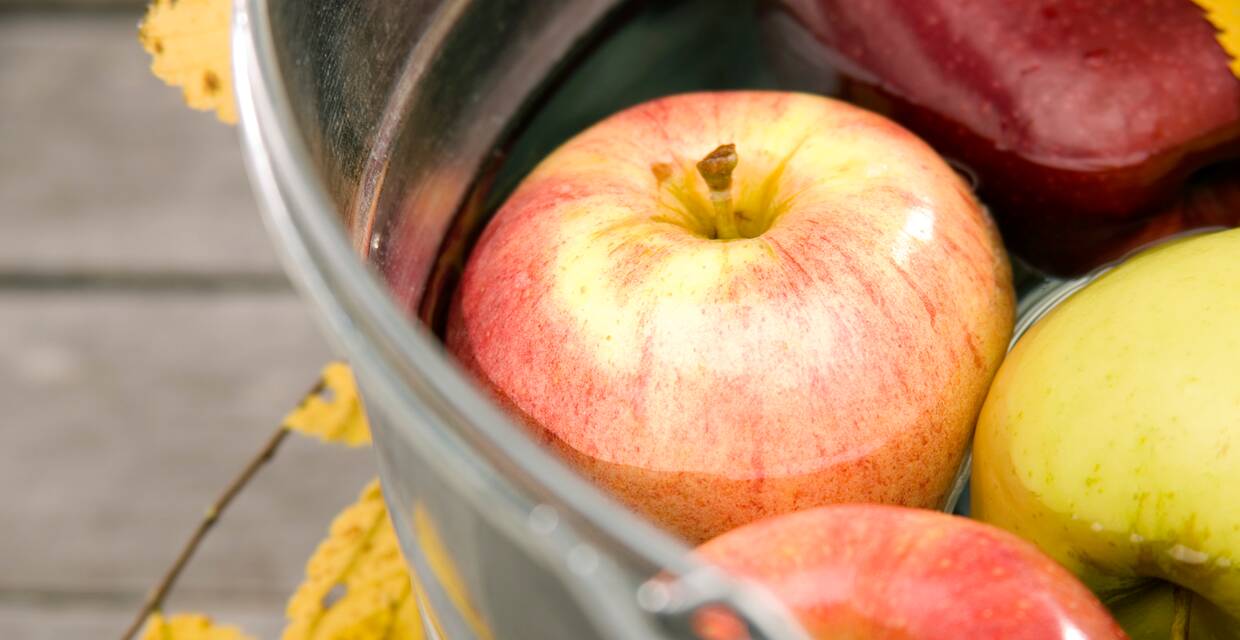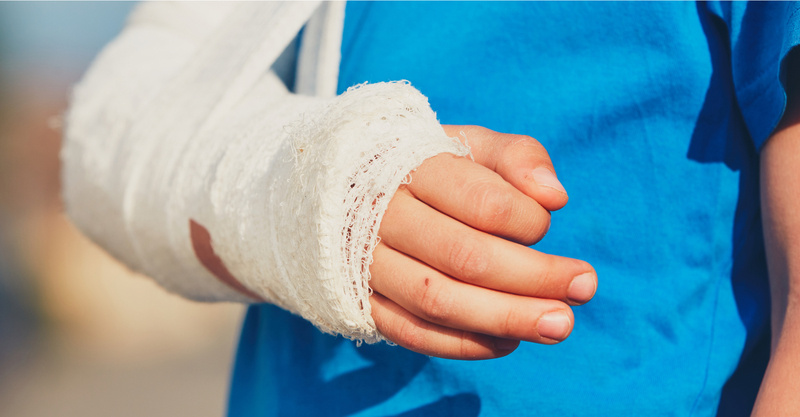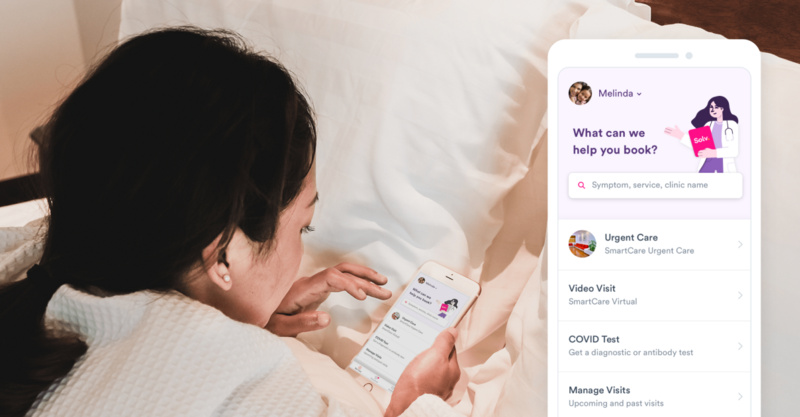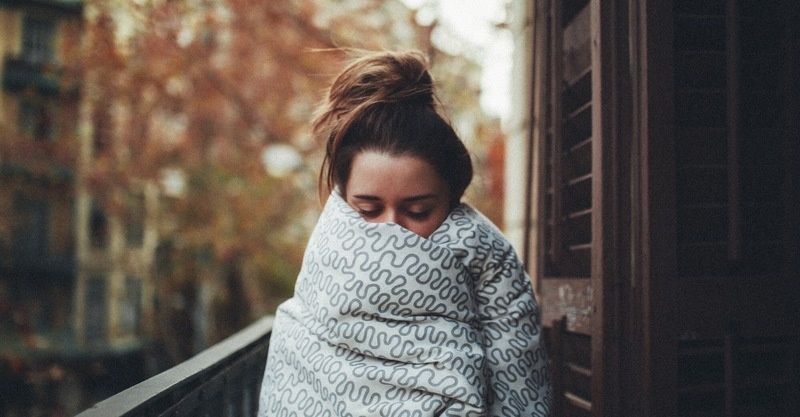Key Points
- The article discusses various ways to keep children healthy during Halloween, a time when germs and bacteria can easily spread.
- Traditional activities like bobbing for apples can be a breeding ground for germs; alternatives like playing different games or cleaning the apples and changing the water frequently are suggested.
- The article advises against children grabbing loose candy from bowls, as this can also spread germs. Instead, children should wear gloves and avoid eating candy while trick or treating.
- Trying on hats, wigs, or costumes in stores can lead to lice infestations. Wearing a shower cap while trying on these items can help prevent this.
- Frequent hand cleaning, avoiding mask exchanges, and educating children about germ spread are other preventive measures. Despite these tips, there's no guaranteed way to prevent colds or the flu, but a flu shot is the best defense against the latter.
With Fall, comes cold and flu season, and one of our children's favorite holiday: Halloween. Passing germs or other bacteria is pretty easy to do during this time of the year so what should your kids avoid and how can you keep you them healthy?
Bobbing for Apples Not Your Best Bet
Although a tradition and fun for many, the germs from saliva left in the bobbing bowl will spread from child to child. FoodSafety.gov suggests using a vegetable brush to clean apples if you absolutely must stick to this tradition and change the water often.
Germs mean kids can get sick with colds or the flu and if they haven't received their flu shot from an urgent care clinic, these germs will spread fast. It's Written on the Wall offers 23 alternative games to try this Halloween and skip the apple bobbing.
Digging for Treats
Some families buy loose candy like candy corn, chocolate malt balls or gummy bears and allow kids to just grab a handful and place in their trick or treat bags. With all the little hands going in and out of these bowls, it's just another venue for germs to spread.
Think of the amount of items children touch when trick or treating, and then consider how easy it is to catch a cold or flu. If it's cold outside, have your child wear gloves. If the weather's warmer, you can still find thin black and white gloves and place embellishments on them to keep the germs away. Instruct children not to eat candy while they're out during the evening. Make this task easier by feeding them dinner before heading out.
Trying on Hats and Wigs
Almost all pre-schools and elementary schools send out notes each year about lice or lice breakouts. A quick way for your child to get lice is trying on hats and wigs in costume and big box stores, think of all the other heads they've been on.
When costume shopping, even for those one-piece costumes that may have been tried on by many kids, have your child wear a shower cap before placing the hat, wig or hood on their head. If your child does get lice, look for an urgent care near you and obtain instructions on how to treat lice.
Clean Hands Frequently
Carry antiseptic wipes or gel with you and have your child clean their hands often during the evening to stop germs from spreading.
Once home, both you and your child should wash your hands completely. The CDC offers a great how-to on how to properly clean hands so they're germ free.
Exchanging Masks
It's tempting for children to try on another's mask if offered. This is also a great way to spread bacteria and germs. Talk to your children and tell them how easily germs spread. When you're at retail clinics that offer family care, ask nurses and doctors to talk to your children about how germs spread during Halloween activities to help them better understand how easy it is to catch a cold or the flu.
Following these five tips will help prevent germs from spreading, but there is no sure-fire way to prevent your children from catching a cold or flu completely. Your best bet for the flu is a flu shot. If your child catches a cold after trick or treating ask a doctor at your nearby walk-in clinic if there is medication they can take to shorten the duration of the cold.
Frequently asked questions
What are some common ways germs are spread during Halloween activities?
Germs can be spread through various Halloween activities such as bobbing for apples, grabbing handfuls of loose candy, trying on hats and wigs in costume stores, and exchanging masks.How can the tradition of bobbing for apples be made safer?
If bobbing for apples is a must, it is recommended to clean the apples using a vegetable brush and to change the water often. It's also a good idea to explore alternative games to reduce the risk of spreading germs.What precautions can be taken when children are trick or treating?
Children should be instructed not to eat candy while they're out during the evening. This task can be made easier by feeding them dinner before heading out. If it's cold outside, have your child wear gloves. If the weather's warmer, thin gloves can still be worn.What can be done to prevent the spread of lice during costume shopping?
When shopping for costumes, have your child wear a shower cap before placing the hat, wig or hood on their head. This can help prevent the spread of lice from items that have been tried on by many kids.What can be done to keep hands clean during Halloween activities?
Carry antiseptic wipes or gel and have your child clean their hands often during the evening. Once home, both you and your child should wash your hands completely.Why should children avoid trying on others' masks?
Trying on another's mask can spread bacteria and germs. It's important to talk to your children about how easily germs spread and to discourage them from exchanging masks.What can be done if a child catches a cold or flu after Halloween activities?
If your child catches a cold after trick or treating, consult a doctor at a nearby walk-in clinic. They can recommend medication to shorten the duration of the cold.What is the best way to prevent the flu during the Halloween season?
The best way to prevent the flu is to get a flu shot. Although following the tips mentioned can help prevent germs from spreading, there is no sure-fire way to prevent your children from catching a cold or flu completely.


 Twitter
Twitter LinkedIn
LinkedIn










